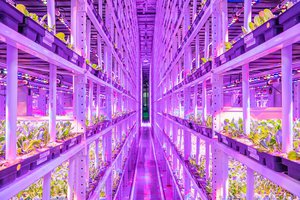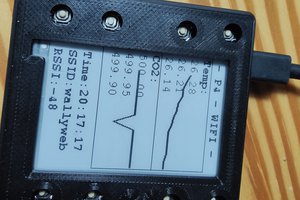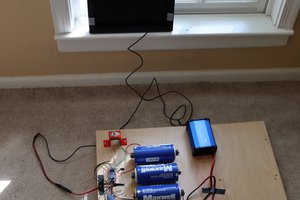The energy consumed in the extraction and manufacture of electronics and computers represents a significant environmental burden. This energy of manufacture is known variously as "embodied energy" or "emergy". Switzer and Raghavan's 2022 CS paper suggested opportunity power might be more easily and with lower environmental impact rendered into "information batteries" rather than energy batteries, since materially speaking information requires less infrastructure to store than energy, so it represents a kind of clean energy solution focussed on end-use requirements and products. Intermittent power systems like wind and solar often have energy surpluses to the degree they need to be shut down rather than overload electrical grids. Many computing jobs can be flexibly scheduled and can take advantage of these energy surpluses. However, in order for the "information batteries" concept to work it needs to be tested with intermittent power and actual computers.
The Information Batteries project seeks to model a set of smart city IoT nodes which measure temperature and pressure, and then see what other kinds of computing they might sustain, toward the realization of "information batteries" across shared networks. In this way we might maximize the use of shared computing resources with a better return on embodied energy, rather than having some computers stand idle while more computers are manufactured and committed to e-waste (usually in working condition).
While not directly related to the information batteries concept, but apropos of planet-friendly power, this project utilizes a batteryless energy system: batteries often rely on metals and wear out after a short time, unlike hybrid supercapacitors which have energy densities approaching carbon-zinc batteries, yet recharge 500,000 times and last decades.
 Brian Sutherland
Brian Sutherland
 technoplastique
technoplastique

 Ulrich
Ulrich
 Mike Rigsby
Mike Rigsby